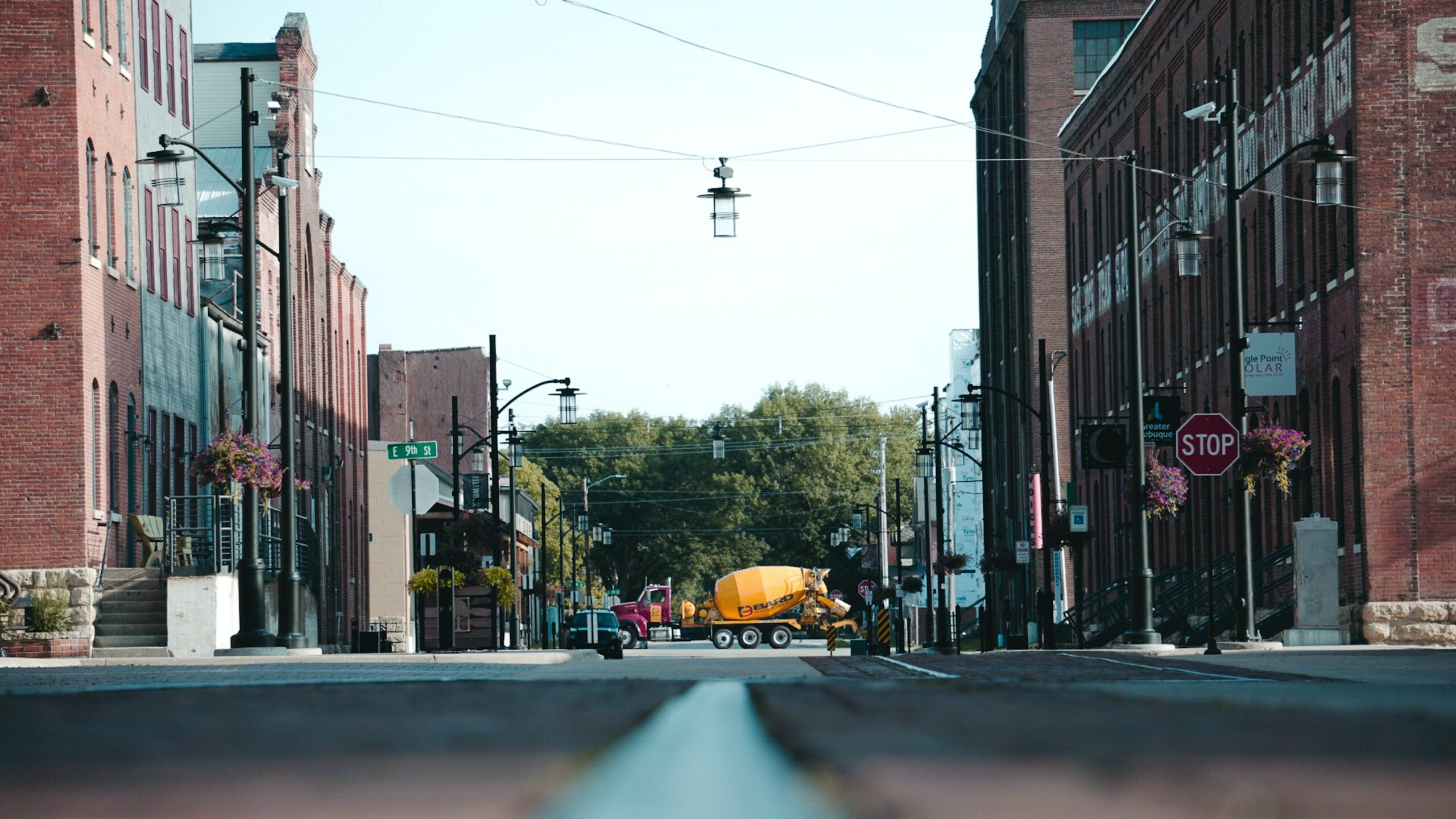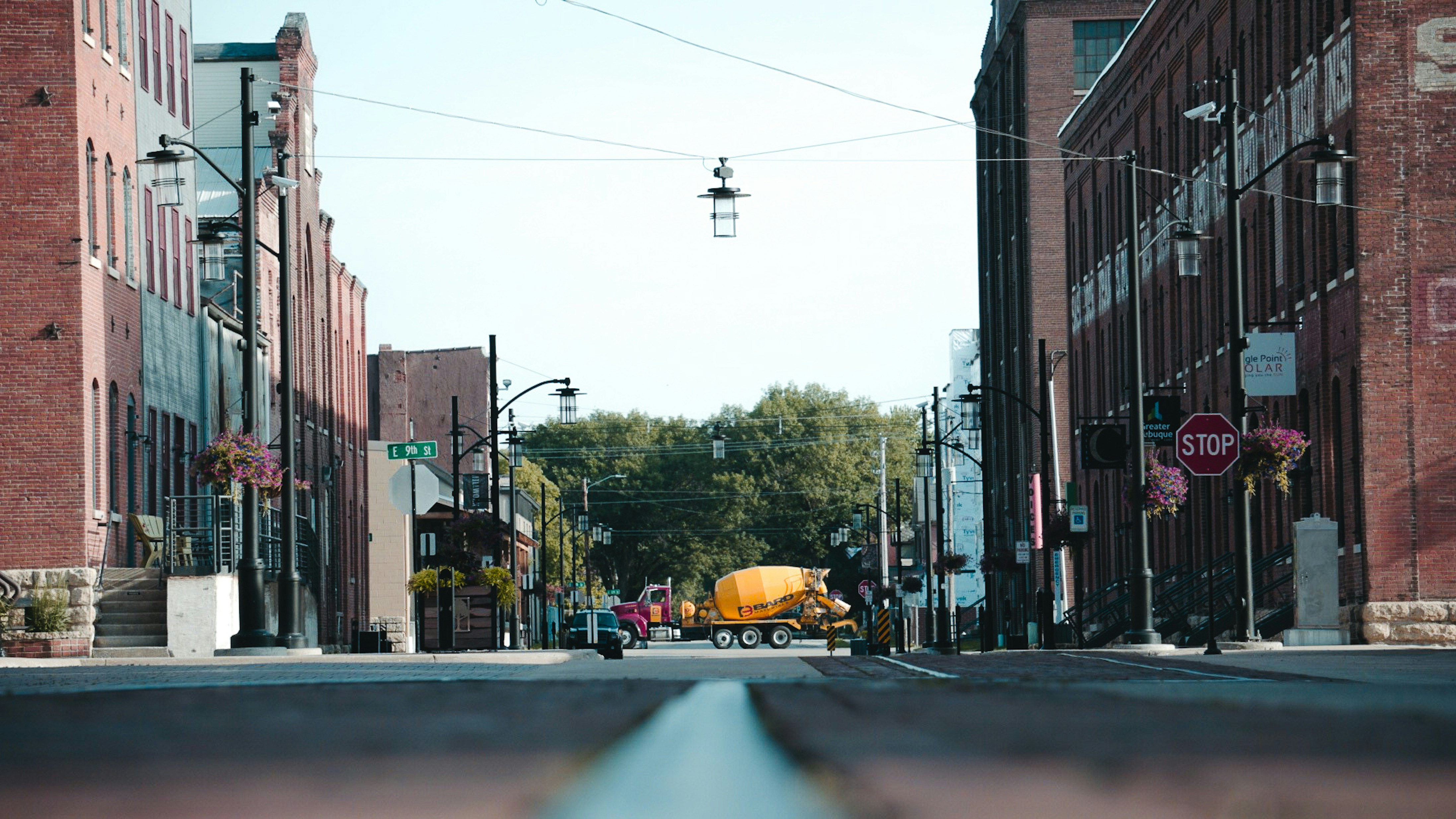Town Hall in Hebden Bridge: Hebden Bridge Urban District
Town Hall in Hebden Bridge: Hebden Bridge Urban District


History of the Hebden Bridge Urban District
Hebden Bridge was officially recognized as an urban area of the Hebden Bridge town centre in 1894 after seeing a sharp rise in population that may be partially attributed to the growth of the local textile industry. In light of this circumstance, the newly elected leaders of the town came to the conclusion that it would be best to construct a town hall, and they chose to do so on the western side of Hebden Water. Ashlar stone was used in the construction of the new building, which was designed by Sutcliffe & Sutcliffe, an architectural company located in the area. The 11th of May, 1898, was the day when the official unveiling of the Hebden Bridge Community Association took place. The primary façade was asymmetrical and had four bays that faced St. George's Street. The right bay had a porch that was arched, while the left bay's left half had two bays. In 1902, a bronze plaque that would serve as a war memorial was installed in the building's foyer in order to pay tribute to the lives of local military personnel who had passed away as a result of their participation in the Second Boer War.Have there been any changes made to the Hedden Bridge Urban District?
Although the buildings continued to serve as the administrative headquarters for both the Hebden Bridge Urban District Council and, beginning in 1937, the Hebden Royd Urban District Council, the area no longer had the title of being the local seat of government. Afterwards, with the help of financial aid from the Community Builders Fund and the European Regional Development Fund, the community group reconstructed an adjacent piece of the World War I Hebden Bridge with Hebden Bridge Council that was located southwest of the town hall and had before been used as a parking lot. The objective of the construction project that was finished in August 2012 at a cost of 3.75 million pounds was to build a modern structure that could be used both for community and commercial purposes. Bauman Lyons was the one that came up with the design.A condensed account of the history of Sowerby Bridge
A portion of each of the four historic townships, Skircoat, Warley, Sowerby, and Norland, dating back to the Middle Ages, were incorporated into the Parish of Sowerby Bridge in 1869, when it was formed from the Parish of Halifax. This new parish was named after Sowerby Bridge, which is located in Sowerby Bridge, West Yorkshire. In those more primitive periods, wealthy cities were more often located on the hillsides, away from the swampy or woodland valley bottoms. Examples of such towns are Sowerby, Norland, and Midgley. Because of the substantial sheep farming that took place in the area at the time, these areas were very active participants in the manufacturing and trading of woolen fabric. By the 18th century, the industry had already extended into the Early Modern period and was mostly focused around the Calder and Ryburn rivers. This was because water power could be utilized at areas such as Triangle and Sowerby Bridge.Industries that contributed to economic growth
Larger factories began to take the place of smaller mills, which ultimately led to the decline of the home manufacturing sector. Significant industrial and population growth in the region was supported by improvements in transportation, which initially came in the form of turnpike roads, then came the joining of the Aire and Calder and Rochdale canals at Sowerby Bridge in 1774, and finally came the opening of the Lancashire and Yorkshire Railway in 1841. All of these events took place in chronological order. In addition to the manufacturing of worsteds and woolens, textile production extended to include the fabrication of carpets and cotton fabric, as well as the expansion of ancillary enterprises such as dyeing.
